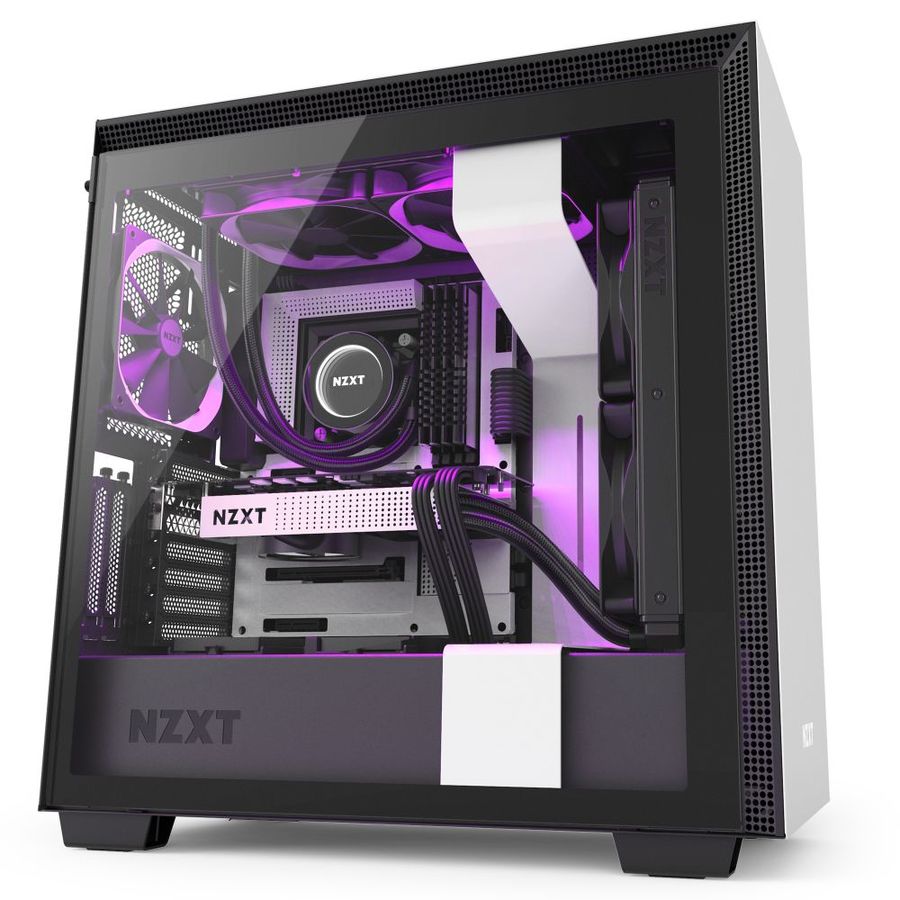But what about that third option, throwing in a Noctua NH-15D for the CPU and then adding three regular fans (or 2x 140mm) on top for exhaust?
It's ok. No real complaints.
"CPU's NH-15 + 3 fans on top are more fans than AIO's 3 fans on top". In some tests (if not all of those that I've seen), NH-15 has outperformed many 3x120mm AIOs and that's without those extra fans that using NH-15 allows you to use.
This happens because of the fans.
It's a fact that liquid has a greater thermal capacity than air, so in terms of raw performance, liquid > air. Unfortunately, AIOs still depend on air(fans) for cooling, or they would gradually heat up and die faster.
Fans on AIOs typically are faster, louder, and stronger. They need to be, as the air resistance presented by the radiator is greater than that on an air cooler heatsink.
Also consider the panel the radiator is being installed against. Needless to say, the ideal place for the rad is against a mesh panel, so you're not doubling down on the air resistance.
Unlike cpu air coolers, the fans on the AIOs are also chassis fans, and not just for cooling only the cpu. They also aid in cooling the rest of your components.
And that's where we come in and bring them down further, due to our ears. The performance they have over air coolers is there when you run the fans at 100%, or as close to it as possible.
More often than not, that's more doable with air cooler fans than an AIO's, and because most of can't tolerate the louder fans, that causes the gap between air coolers and AIOs to narrow or vanish.
The air coolers have a better balance of performance to noise.
I've used/am using, NH-D15S(dual fan), True Spirit 140 Power, Silver Arrow IB-E Extreme Rev. B, and an Alphacool Eisbaer Aurora 360(replaced the fans, because they sucked) on a lid off 7820X.
Under heavy load, like Cinebench R23, yeah, the Aurora 360 beats the other 3 by a few degrees or more, but it gets loud; the motherboard forces 100% speed when the cpu breaches 80C, IIRC.
When not pushing temperatures quite as high - not triggering the mobo, and running the Aurora at a more comfortable fan curve - the D15S was right there with it.
theoretically harm the motherboard with their massive weight though.
That was debunked some years ago. More modern coolers fixed that with their mounting hardware, which shares the load over the whole motherboard, which shares with the chassis.



